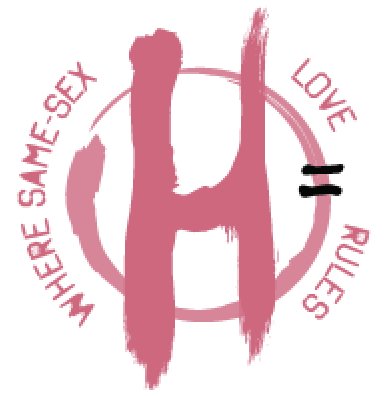One Family Closely Involved With a Trans Support Group Has Three Dysphoric Children Not Biologically Related
One British family associated with the controversial trans support group Mermaids, that promotes validating all gender dysphoria in children, has three dysphoric children who are not biologically related. Despite some alarm from social workers, a judge is allowing their four year old to transition.
Affirmative model advocates, such as the researchers at the Trans Youth Project, emphasize an “innate gender identity” narrative, and the promotion of these studies is being used to justify putting thousands of children on hormone blockers, giving them cross-sex hormones, and offering them surgery as minors, whether this is their goal or not.
“There’s a lot of public writing focused on the idea that we have no idea which of these gender-nonconforming kids will or will not eventually identify as trans,” says Olson. And if only small proportions do, as some studies have suggested, the argument goes that “they shouldn’t be transitioning.” She disputes that idea. “Our study suggests that it’s not random,” she says. “We can’t say this kid will be trans and this one won’t be, but it’s not that we have no idea!”
Some youth who are dysphoric as children will decide to transition as adults.
There is also a fair amount of data to support the argument environmental and cultural factors influence gender dysphoria. They are covered extensively on this site, in addition to data that supports biological causes for transgenderism and homosexuality, in the “Nature vs. Nurture” topic. One of the influences that may be environmental is family stability. Children who are adopted or foster parented appear to have higher rates of gender dysphoria (or parents who get them treated for it).
We asked a person competent in statistics to calculate the odds of having three seriously gender dysphoric children in one family based on some recent reported percentages of transgender people in the population. The first two percentages are from The Williams Institute. The third statistic is from a recent Minnesota school survey.
0.3% = (0.3/100)^3 = 27 chances in a billion
0.7% = (0.7/100)^3 = 343 chances in 1 billion
3% = (3/100)^3 = 27 chances in 1 million
This family’s situation is very rare if all three children have a biologically driven, innate gender identity.

